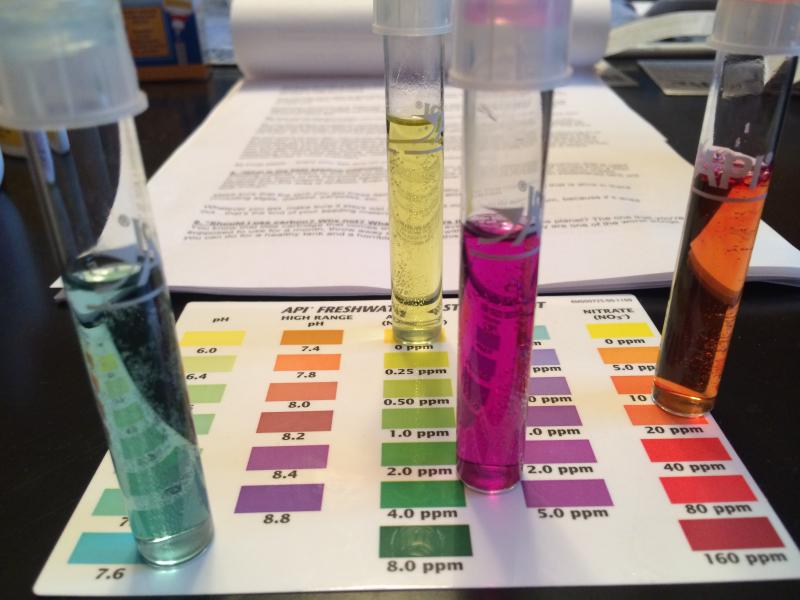stlbluz
Aquarium Advice Apprentice
- Joined
- Jan 20, 2014
- Messages
- 27
I've been dosing my 36gl tank with 2ml of ammonia which initially gave me a reading of 4ppm. I had my off the charts spike so I did a 50% WC and resumed my routine. I recently started getting trite(5.0) & trate(20-40range) readings but now my ammonia is only reading 1.0, sometimes less.
Should I keep adding the same 2ml of ammonia?
Is this an indication that I'm close?
Once I get the 24hr conversion going should I still do a 90% WC 24 hours prior to adding fish?
This Friday I'll be at the 9 week mark of the fishless cycle due to some rookie mistakes. I've been running an Aqueon Quietflow 30 since the beginning & added an Aquaclear 50 about 4-5 weeks ago. I'm wondering about the condition of the filters once my cycle is complete? How long should I wait before changing the filter in the Aqueon & cleaning the media in the Aquaclear?
Any input on this subject would be greatly appreciated.
Should I keep adding the same 2ml of ammonia?
Is this an indication that I'm close?
Once I get the 24hr conversion going should I still do a 90% WC 24 hours prior to adding fish?
This Friday I'll be at the 9 week mark of the fishless cycle due to some rookie mistakes. I've been running an Aqueon Quietflow 30 since the beginning & added an Aquaclear 50 about 4-5 weeks ago. I'm wondering about the condition of the filters once my cycle is complete? How long should I wait before changing the filter in the Aqueon & cleaning the media in the Aquaclear?
Any input on this subject would be greatly appreciated.


